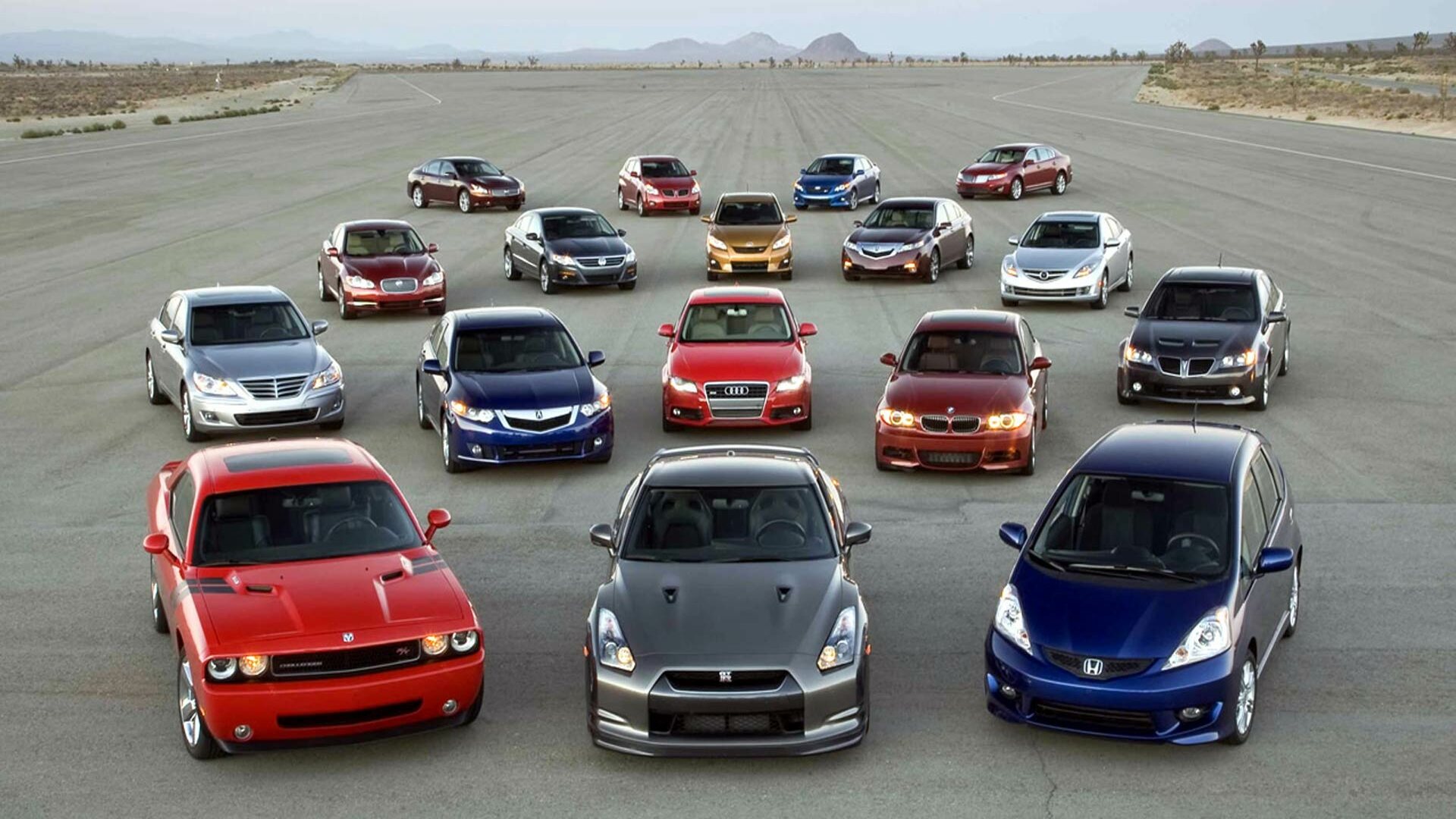AUTOMOBILES In the rapidly evolving world of transportation, modern automobiles represent a fusion of cutting-edge technology, innovative design, and sustainable practices. “Driving Innovation: The Ultimate Guide to Modern Automobiles” explores the latest advancements, trends, and technologies shaping the automotive industry today. This comprehensive guide provides insights into the evolution of automobiles, the impact of technological advancements, and what the future holds for this dynamic sector AUTOMOBILES.

The Evolution of Automobiles
The journey of automobiles from their inception to modern-day marvels is a testament to human ingenuity and technological progress. Here’s a brief overview of how automobiles have evolved over the decades:
Early Beginnings
The first automobiles, developed in the late 19th century, were simple, steam-powered vehicles. The introduction of internal combustion engines in the early 20th century marked a significant milestone.
Mass Production
The advent of Henry Ford’s assembly line in the 1910s revolutionized automobile manufacturing, making cars more affordable and accessible to the masses.
Technological Advancements
Over the years, automobiles have seen innovations such as electronic fuel injection, advanced safety features, and the integration of infotainment systems.
Modern Era
Today’s automobiles feature electric and hybrid engines, autonomous driving capabilities, and extensive connectivity options.
Key Trends in Modern Automobiles
Electric Vehicles (EVs)
Electric vehicles (EVs) are at the forefront of the automotive revolution, offering a sustainable alternative to traditional gasoline-powered cars. Key aspects of EVs include:
Battery Technology
Advances in battery technology, such as lithium-ion and solid-state batteries, are improving the range and efficiency of EVs.
Charging Infrastructure
The expansion of charging networks is making it easier for EV owners to recharge their vehicles quickly and conveniently.
Environmental Benefits
EVs produce zero tailpipe emissions, contributing to reduced air pollution and a smaller carbon footprint.
Autonomous Driving
Autonomous driving technology, or self-driving cars, represents a major leap forward in automotive innovation. Key features include:
Sensor Technology
Autonomous vehicles use sensors, cameras, and radar to perceive their surroundings and make real-time driving decisions.
AI and Machine Learning
Advanced algorithms and machine learning models enable vehicles to navigate complex driving environments safely.
Safety and Convenience
Autonomous driving aims to enhance safety by reducing human error and providing a more convenient driving experience.
Connected Cars
Connected cars are equipped with internet connectivity and communication systems that allow them to interact with other devices and infrastructure. Features include:
Infotainment Systems
Modern vehicles come with sophisticated infotainment systems that offer navigation, entertainment, and connectivity options.
Vehicle-to-Everything (V2X) Communication
V2X technology enables vehicles to communicate with each other and with traffic infrastructure to improve traffic flow and safety.
Remote Diagnostics
Connected cars can send diagnostic data to manufacturers, enabling proactive maintenance and service.
Sustainable Materials
The automotive industry is increasingly focusing on using sustainable materials to reduce environmental impact. These include:
Recycled Materials
Automakers are incorporating recycled plastics and metals into vehicle interiors and components.
Bio-Based Materials
The use of bio-based materials, such as plant-based fibres and biodegradable composites, is on the rise.
Energy Efficiency
Sustainable materials contribute to overall energy efficiency and a lower carbon footprint.
The Impact of Technology on Modern Automobiles
Technology has fundamentally transformed the automotive industry, enhancing performance, safety, and user experience. Some key technological impacts include:
Enhanced Performance
Advanced engine technology, improved aerodynamics, and lightweight materials contribute to better fuel efficiency and driving dynamics.
Improved Safety
Modern safety features, such as adaptive cruise control, lane-keeping assist, and automatic emergency braking, are reducing accidents and enhancing driver safety.
User Experience
Infotainment systems, voice recognition, and customizable interior features are creating a more personalised and enjoyable driving experience.
Design Innovations in Modern Automobiles
Modern automobile design focuses on blending aesthetics with functionality and technology. Key design innovations include:
Aerodynamic Shapes
Sleek, aerodynamic designs reduce drag and improve fuel efficiency.
Customizable Interiors
Advanced interior design allows for customization of seating, lighting, and controls.
Smart Lighting
Adaptive headlights and LED lighting enhance visibility and safety.
Safety Features and Advances
Safety remains a top priority in automobile design, with continuous advancements aimed at protecting drivers and passengers. Notable safety features include:
Automatic Emergency Braking
Detects potential collisions and applies brakes to prevent or mitigate accidents.
Adaptive Cruise Control
Adjusts vehicle speed based on traffic conditions and maintains a safe following distance.
Blind Spot Monitoring
Alerts drivers to vehicles in their blind spots, reducing the risk of lane-change accidents.
Top Automobiles in the Market Today
Several automobiles stand out in the market for their innovation, performance, and features. Some top models include:
Tesla Model S
Known for its electric powertrain, advanced autonomous driving features, and long-range capabilities.
Audi Q4 e-tron
A compact electric SUV offering a blend of performance, luxury, and sustainability.
BMW i4
An electric sedan that combines sporty performance with advanced technology and luxury.
Future Trends and Predictions
Looking ahead, the automotive industry is expected to continue evolving with the following trends:
Enhanced Autonomous Driving
Continued development of self-driving technology with improved safety and reliability.
Increased Electrification
A shift towards fully electric vehicles and advancements in battery technology.
Integration of AI
Greater use of artificial intelligence in vehicle systems for improved driving and user experience.
Challenges Facing the Automobile Industry
Despite advancements, the automotive industry faces several challenges:
Regulatory Compliance
Adhering to evolving environmental regulations and safety standards.
Technological Integration
Integrating new technologies while maintaining vehicle reliability and affordability.
Market Competition
Navigating intense competition and changing consumer preferences.
FAQs
Q:What are the main trends in modern automobiles?
A:Key trends include electric vehicles (EVs), autonomous driving, connected cars, and the use of sustainable materials.
Q:How has technology impacted modern automobiles?
A:Technology has enhanced performance, safety, and user experience through advancements in engine technology, safety features, and infotainment systems.
Q:What are some top automobiles on the market today?
A:Notable models include the Tesla Model S, Audi Q4 e-tron, and BMW i4.
Q:What are the future trends in the automotive industry?
A:Future trends include enhanced autonomous driving, increased electrification, and greater integration of artificial intelligence.
Q:What challenges does the automotive industry face?
A:Challenges include regulatory compliance, technological integration, and market competition.
Q:How do electric vehicles benefit the environment?
A:Electric vehicles produce zero tailpipe emissions, reducing air pollution and contributing to a smaller carbon footprint.
Q:What is autonomous driving?
A:Autonomous driving refers to self-driving technology that allows vehicles to navigate and operate without human intervention.
Q:What are connected cars?
A: Connected cars have internet connectivity and communication systems that allow them to interact with other devices and infrastructure.
Q:How are modern automobiles designed for safety?
A: Modern automobiles feature advanced safety systems such as automatic emergency braking, adaptive cruise control, and blind spot monitoring.
Q:What are sustainable materials in automobiles?
A: Sustainable materials include recycled plastics, bio-based composites, and other eco-friendly materials used in vehicle production.

Conclusion
“Driving Innovation: The Ultimate Guide to Modern Automobiles” provides an in-depth look at how technology, design, and sustainability are reshaping the automotive industry. By understanding the latest trends and advancements, consumers and professionals can better navigate the dynamic world of modern automobiles and make informed decisions about their transportation needs.
 Our Gateway to Insightful Blogging Exploring Ideas, Sharing Knowledge, Inspiring Minds
Our Gateway to Insightful Blogging Exploring Ideas, Sharing Knowledge, Inspiring Minds


